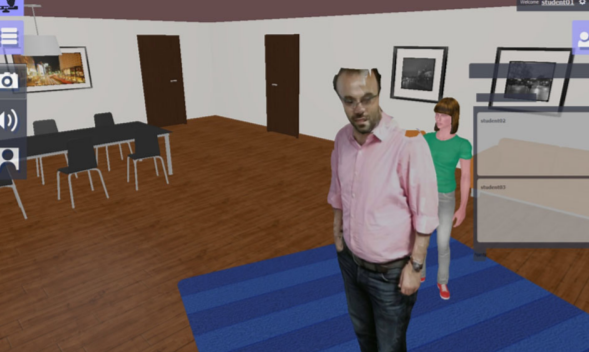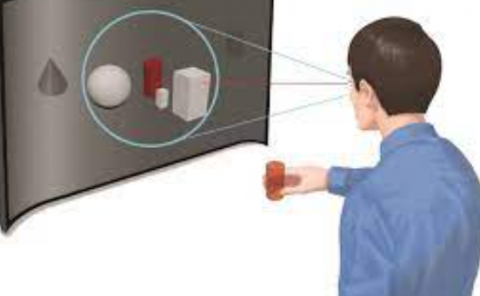User experience evaluation of human representation in collaborative virtual environments
PubDate: December 2017
Teams: University of Westminster,CTVC Ltd,British Telecom
Writers: Daphne Economou;Ioannis Doumanis;Lemonia Argyriou;Nektarios Georgalas
PDF: User experience evaluation of human representation in collaborative virtual environments

Abstract
Human embodiment/representation in virtual environments (VEs) similarly to the human body in real life is endowed with multimodal input/output capabilities that convey multiform messages enabling communication, interaction and collaboration in VEs. This paper assesses how effectively different types of virtual human (VH) artefacts enable smooth communication and interaction in VEs. With special focus on the REal and Virtual Engagement In Realistic Immersive Environments (REVERIE) multi-modal immersive system prototype, a research project funded by the European Commission Seventh Framework Programme (FP7/2007-2013), the paper evaluates the effectiveness of REVERIE VH representation on the foregoing issues based on two specifically designed use cases and through the lens of a set of design guidelines generated by previous extensive empirical user-centred research. The impact of REVERIE VH representations on the quality of user experience (UX) is evaluated through field trials. The output of the current study proposes directions for improving human representation in collaborative virtual environments (CVEs) as an extrapolation of lessons learned by the evaluation of REVERIE VH representation.

